Self supervised Model for Domain Adaptation in Build Up Area Categorization
The urban environment is a complex system comprising various elements such as buildings, roads, vegetation, and water bodies. Classifying urban cities from satellite images or images captured by UAVs is an important task for urban planning, disaster management, and environmental monitoring. Urban environments differ across various cities of the world, and existing models for urban classification struggle to adapt to these changes. This project aims to develop an adaptive model for classifying urban cities from satellite images. This model will have the capability to generalize across different urban environments and adapt to the changing urban environment in real time. The model will be trained on a large dataset of satellite images of urban cities from different parts of the world. In inference or test time, the parameters of the model will be updated based on the changes in the different urban environments it has been deployed. This work will be built on recent work on Test time domain adaptation methods and our earlier research on the categorization of urban buildup [1], land usage, and land cover [2,3].
Related Works:
- Cheng, Q.; Zaber, M.; Rahman, A.M.; Zhang, H.; Guo, Z.; Okabe, A.; Shibasaki, R. Understanding the Urban Environment from Satellite Images with New Classification Method—Focusing on Formality and Informality. Sustainability 2022, 14, 4336. https://doi.org/10.3390/su14074336
- Rahman, A.K.M.M.; Zaber, M.; Cheng, Q.; Nayem, A.B.S.; Sarker, A.; Paul, O.; Shibasaki, R. Applying State-of-the-Art Deep-Learning Methods to Classify Urban Cities of the Developing World. Sensors 2021, 21, 7469. https://doi.org/10.3390/s21227469
- Niloy, Fahim Faisal, et al. “Attention toward neighbors: A context aware framework for high resolution image segmentation.” 2021 IEEE International Conference on Image Processing (ICIP). IEEE, 2021.
IP:
Co-IP:


